Paleman: "I was making dubstep all day every day on Reason, inspired by DMZ and Burial. It was a magic time"
Calum Lee shows us around his attic studio space and drops three genius tips for creative production
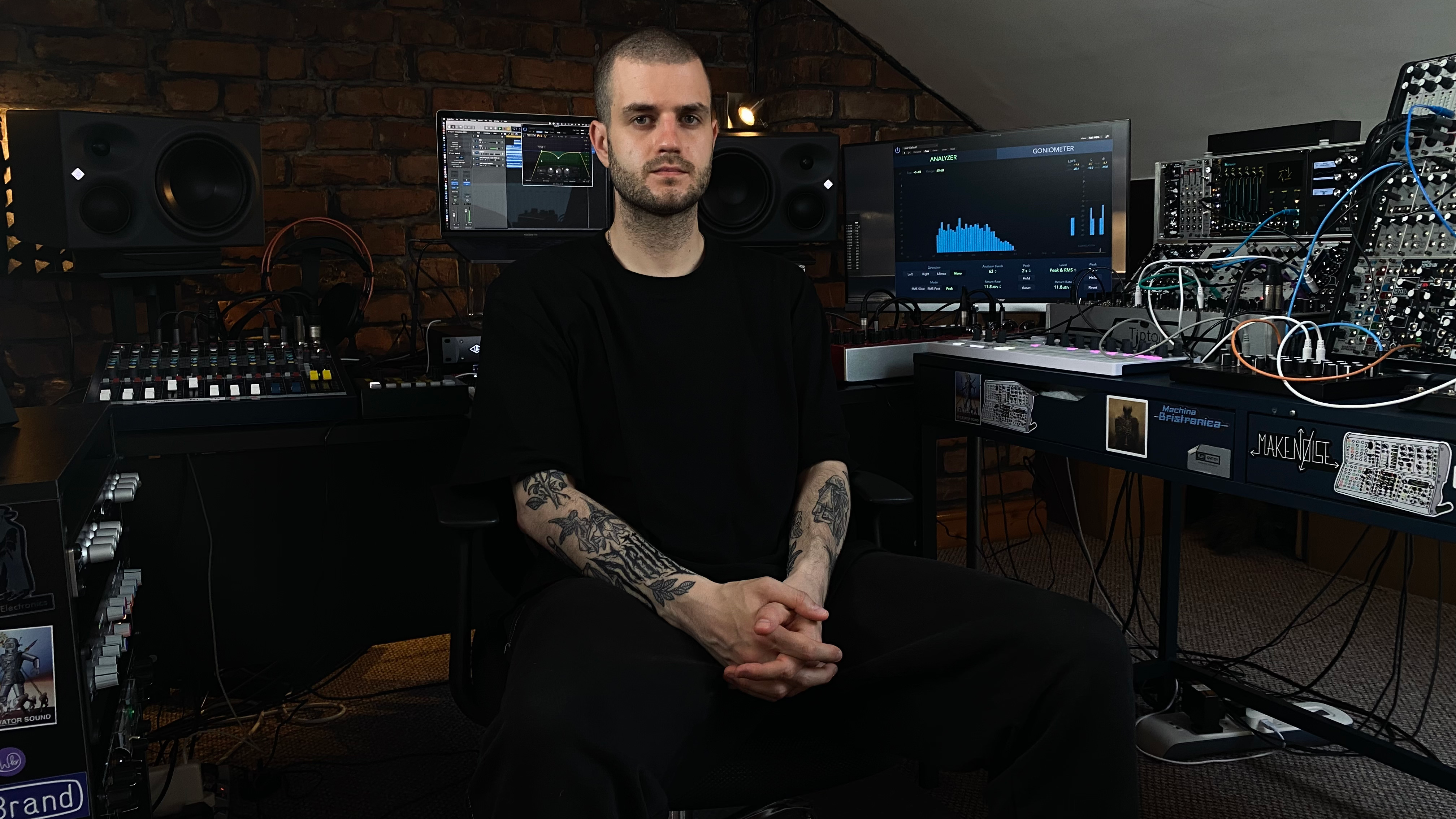
Back in the early '10s, the dark, cerebral sound of early dubstep compelled a generation of forward-thinking producers to reconstruct club music in new and innovative forms.
Calum Lee was at the heart of this scene, producing warped, bass-heavy rollers that thrived in the murky no-mans-land between house, dubstep and techno. After launching his own label, PLMN, in 2016, Lee's output shifted further towards the experimental, and he began working on a series of self-titled EPs that have culminated in the hallucinatory sonics of this year's PLMN005, and two EPs under a new alias, Fresnel Lens.
Lee was kind enough to show us around his attic studio, revealing how he's transitioned to an almost fully modular workflow and dropping three production power tips for good measure.
When did you start making music, and how did you first get started?
“I started learning jazz drums when I was 11 and used to record drum solos and guitar stuff into GarageBand, so I guess that’s when I first experienced using a DAW and began forming an interest in that side of music.
"Around 15 I got a copy of Reason 3. I think this was around 2006-7, I was obsessed with Burial and the emerging dubstep sound. I was making dubstep all day every day on Reason, inspired by DMZ and Burial. It was a magic time.”
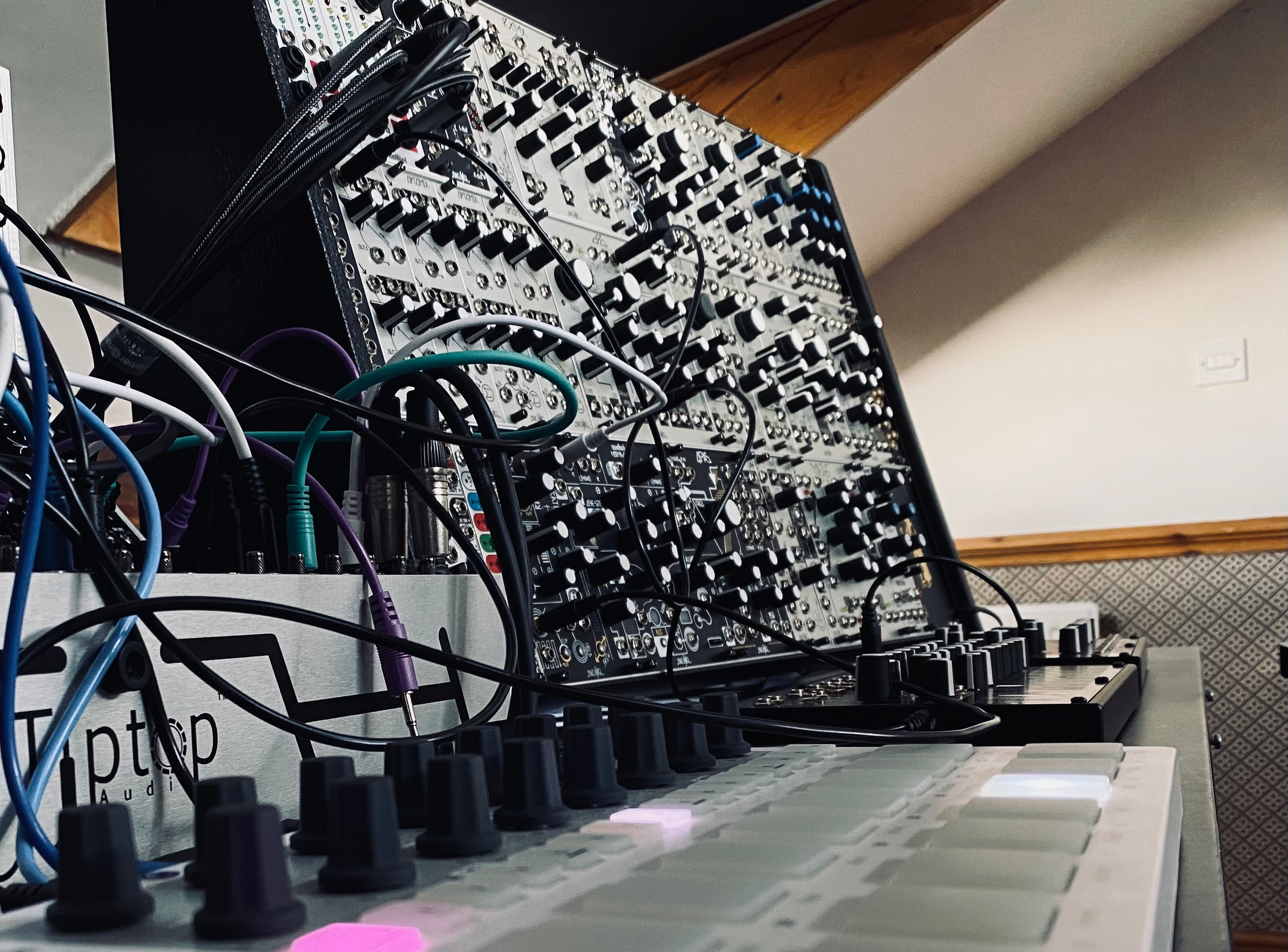
Tell us about your studio set-up.
Want all the hottest music and gear news, reviews, deals, features and more, direct to your inbox? Sign up here.
“Right now I work at home in my attic in south Manchester. It’s a decent sized space that I’ve done a small bit of acoustic treatment on. I’ve been here about a year since leaving London during the pandemic.
I’ve become completely obsessed with the sound of hardware
“I made a switch to using all hardware in around 2016, after spending a lot of time working with, and learning about analog methods with Boddika. The sounds I make and use are probably 95% modular these days, and I record through a range of analog hardware and outboard effects.
“I still use EQ and dynamics plugins and a few UAD pre-amps, but I’ve become completely obsessed with the sound of hardware and really feel that I’ve found a workflow and sonic palette that I’d been looking for for a while. I like how quick it feels, and I enjoy the unpredictability of patching and experimenting with your hands and the machines.
“Troubleshooting can be a problem sometimes with an analog studio - stuff like dead cables or various other physical problems like repairing gear can sometimes slow things down, but it’s worth it in my eyes.”
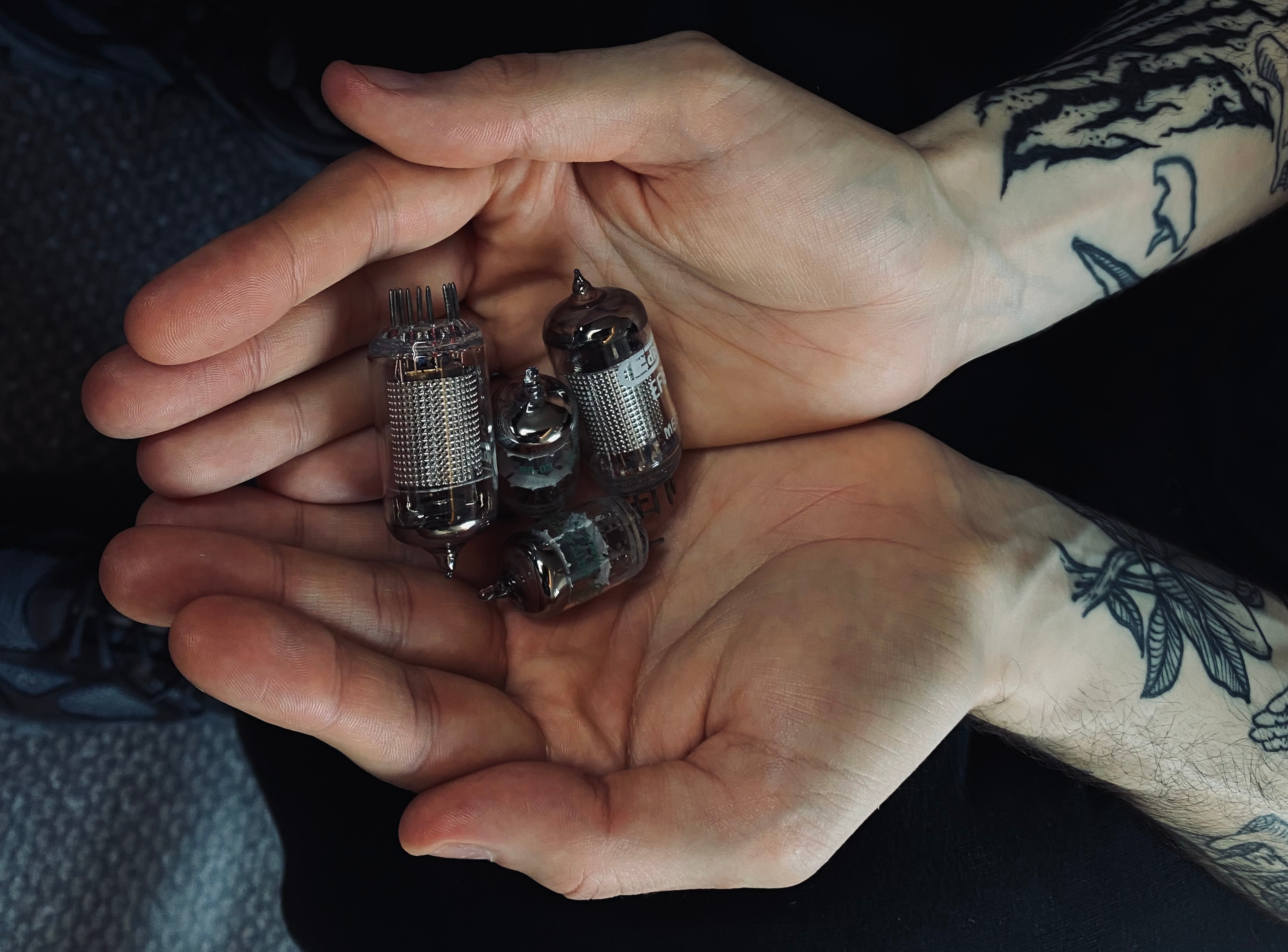
What DAW (or DAWs) do you use, and why did you choose it?
“I currently use Logic X and a UAD console to record and mix my work. I switched from Reason 4 in around 2013-14 after becoming increasingly aware of it’s restrictions (at that time) and wanting to record and use plugins.”
I could honestly write about 5000 words on the pros and cons of each bit of gear, but we don’t quite have time for that!
What one piece of gear in your studio could you not do without, and why?
“I guess a sound card and monitors would be the two pieces of gear I literally couldn’t work without. But in a more creative sense, I’d struggle a little bit without the modular system now, I’ve become so used to the workflow and enjoy it so much - it would be a lot harder and a big adjustment if I couldn’t use it!
"I could honestly write about 5000 words on the pros and cons of each bit of gear, but we don’t quite have time for that!”
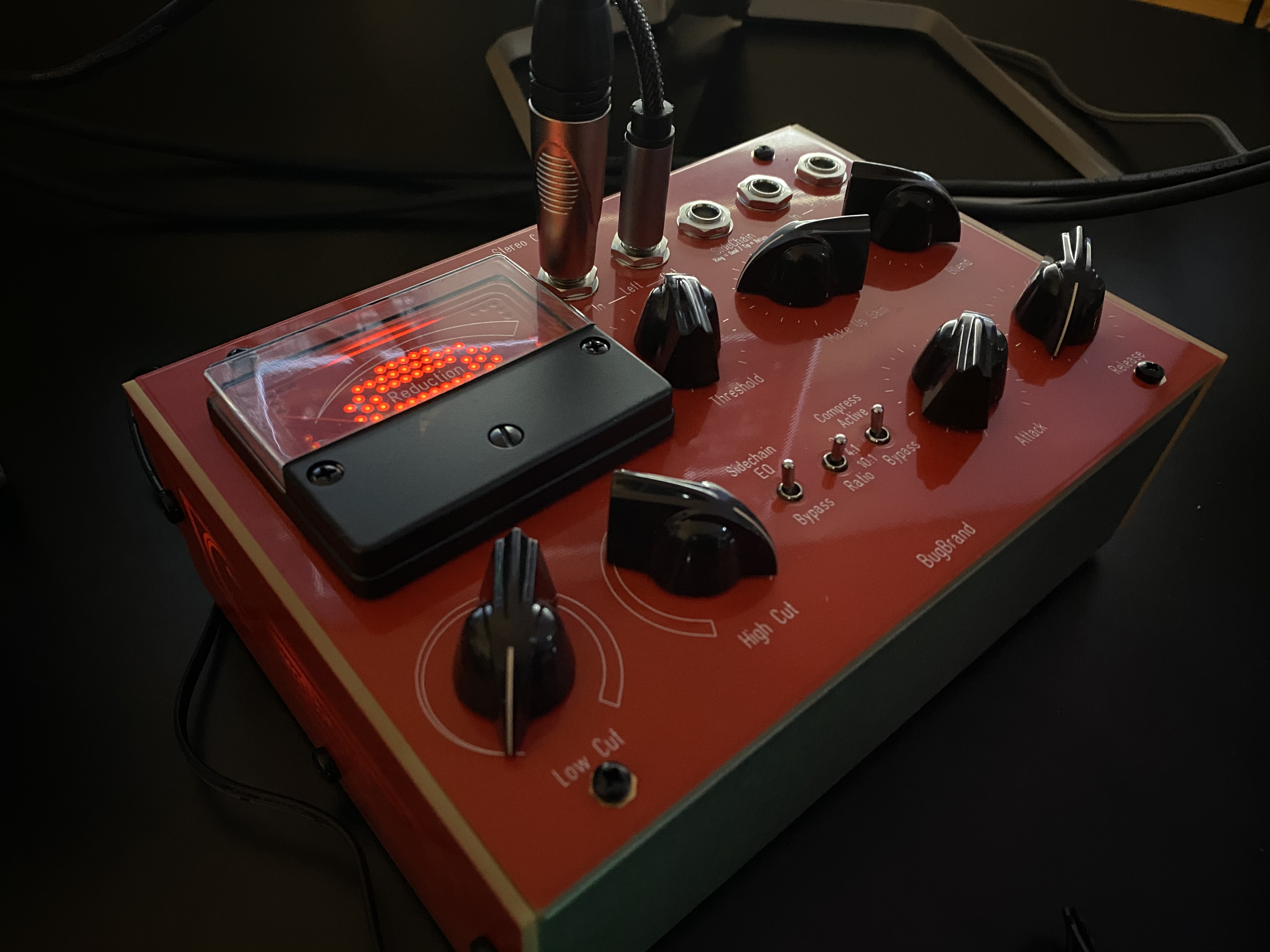
What's the latest addition to your studio?
“I bought an SSL Fusion recently to process my master bus, and some new monitors, Nuemann KH310s. The SSL Fusion is a wonderful piece of kit, everything I’ve done in 2021 has been through it and I feel it’s elevated and glued my tone that 5% more, which is great.
The world of analog processing and outboard effects is a big obsession for me
“New monitors were a struggle for a couple of months but I’m really settling into them now. They were a big upgrade from my previous KRK monitors so the learning curve was a little steep, but the benefits are already huge.
“As far as modular goes, I built an exclusively Make Noise system for my experimental and compositional work under the alias Fresnel Lens - restricting myself to one system for the project has been immensely satisfying and interesting.”
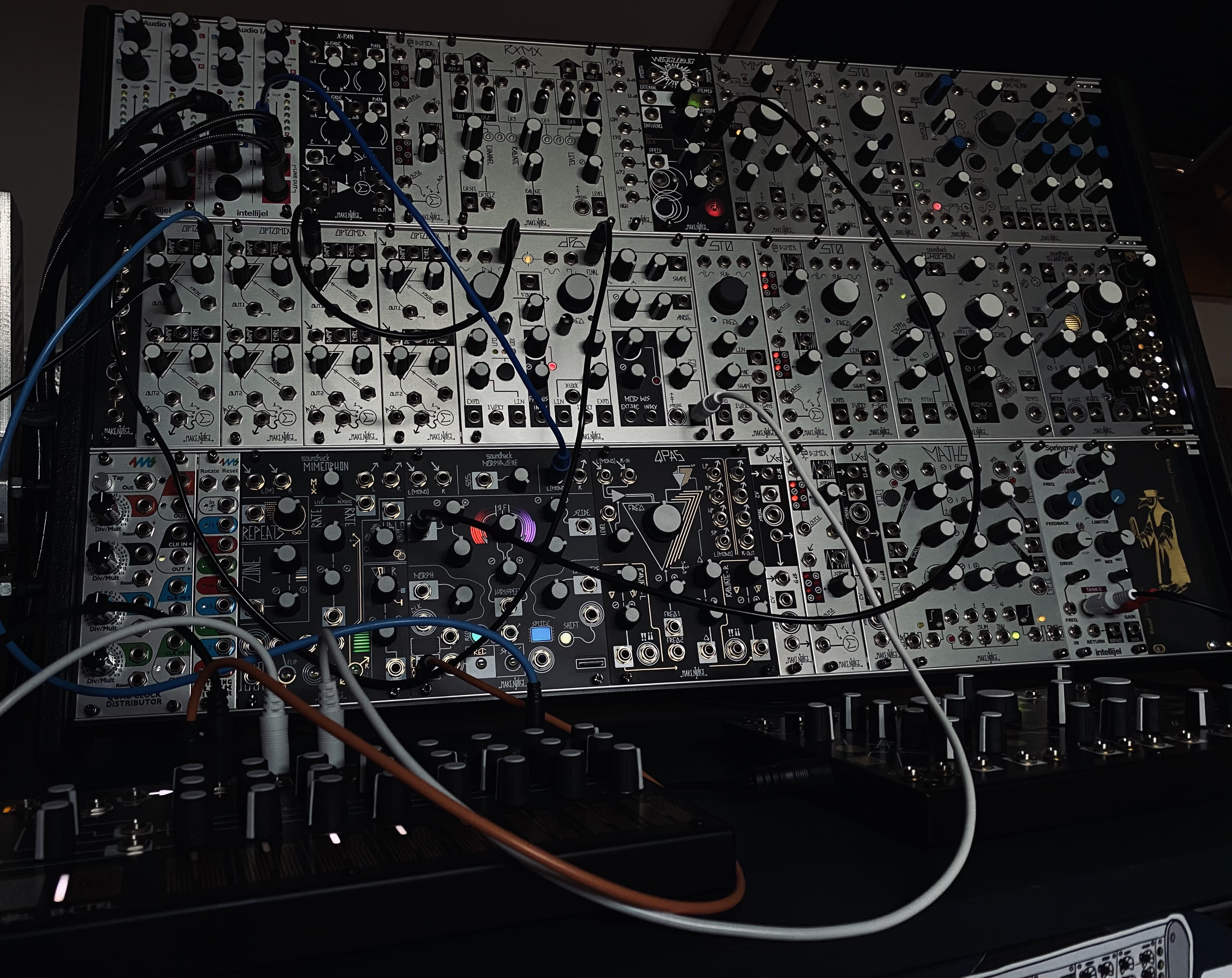
What dream bit of gear would you love to have in your studio?
“I’d love a Buchla or Serge modular system one day, and a high-end mixing console. The world of analog processing and outboard effects is a big obsession for me, I’d love more Thermionic Culture gear (I use my Culture Vulture a lot)… the list is endless.”
When approaching a new track or project, where do you start?
“I usually start with a patch idea on the modular system, then work around that idea. It could be a drum pattern or a drone or anything really. I tend to do a multitrack recording of around 3-4 tracks on the modular for an initial idea, and then go back in with a new patch over the top of that recording.”
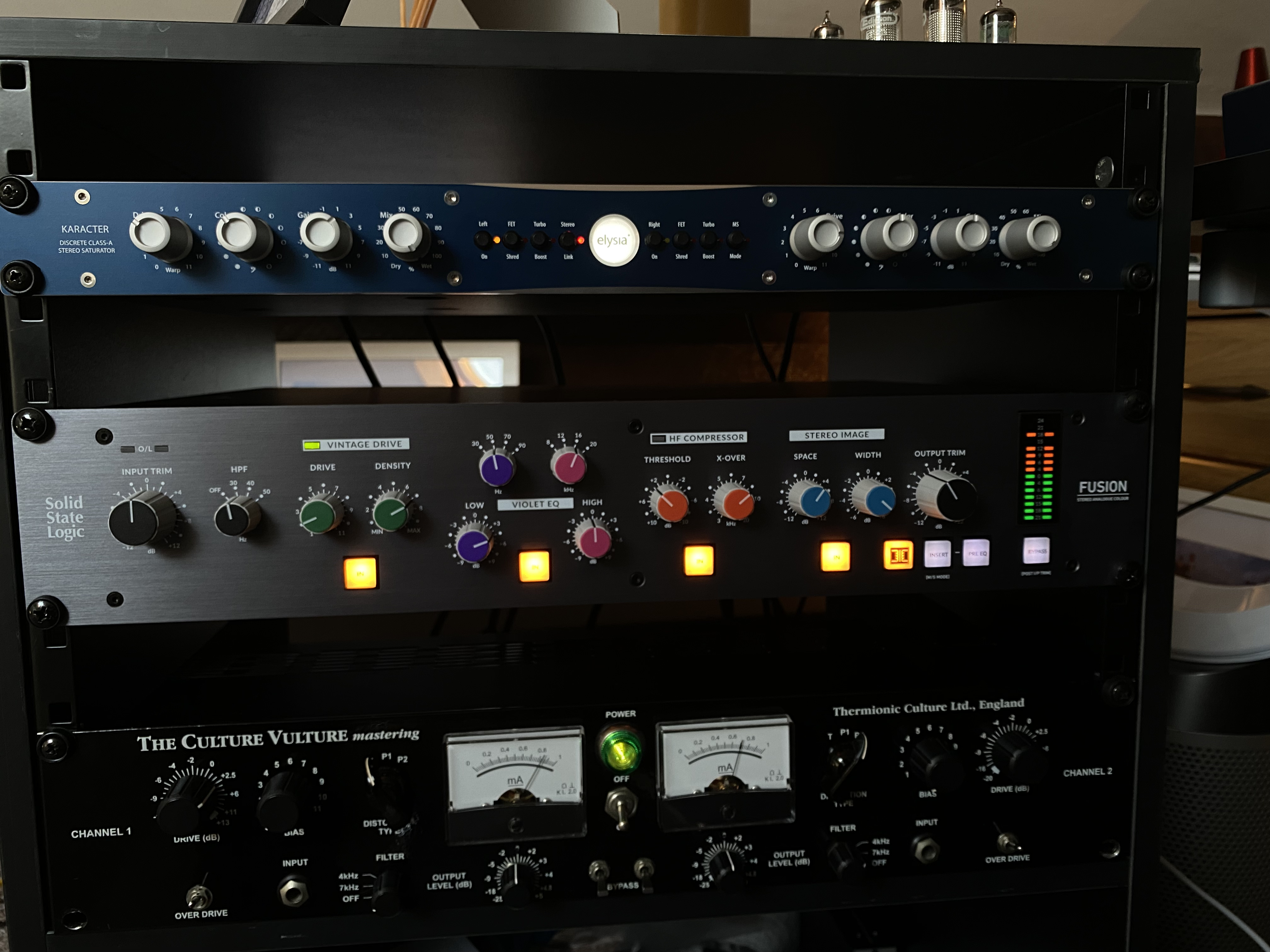
What are you currently working on?
“I’ve just released PLMN005, so work on PLMN006 will begin shortly. I have a couple more Paleman EPs scheduled for next year on other labels away from my imprint (PLMN) which I’m excited about.
“Right now I’m working on new Fresnel Lens material. Fresnel Lens is a new alias I launched earlier this year as an output for my more experimental work, and also for my work in film scoring and bespoke compositional projects. I released two EPs this year as Fresnel Lens on Bandcamp, and the response was amazing.
“It feels wonderful to release my experimental work and for it to be received enthusiastically by people was hugely encouraging. I’ve always composed and written music away from the clubs too, so to show that side of my work has been great. More Fresnel Lens and Paleman material on the way…”
Paleman's three tips for creative production
1. Restrict yourself
“Sometimes we can overwhelm ourselves with options, and I want to stress that I don’t view this as a moral thing (i.e restriction is morally better than indulgence). However, I’ve noticed over the years that a lot of works that are sonically clear, or recognisable, or unique, have come from an artist choosing to work with a limited set of materials or sounds, or whatever.
"I’d suggest to my fellow producers to experiment with restricting themselves to one concept, one instrument or a handful of plugins and see what happens.”
2. Spread it out
“For years I forced one thing to do a big job. One compressor on a kick, one EQ with huge dips and peaks everywhere. Over time I’ve noticed that the sum of a lot of small changes and tweaks can add up to the biggest sound, or change.
New sounds, ideas and concepts emerge when you sit with an idea you’re working on and truly listen
“For example, I record a kick drum with a bit of analog EQ and compression, but only a tiny bit. Then once it’s recorded, I would compress and EQ again, and then it would get compressed AGAIN during mastering. The compression is never too heavy-handed, but the overall effect of this accumulated dynamic and frequency control ends up very satisfying.
“Experiment with stacking compressors, each one doing a different thing, maybe the first compressor rounds the peaks off, whilst the second is a more tonal and coloured sound. It took me a while to train my ears into hearing all this, but over time it works.
"Another interesting one is with distortion, slowly building up distorted elements all over a track. It becomes cohesive in an interesting way without ever sounding too obviously distorted.”
3. Listen
“This one may seem a little far-fetched, but the concept of hearing vs listening whilst producers work is one that interests me greatly. I’ve found that I am in distinctly different states of consciousness when I’m choosing to listen vs believing I’m listening. New sounds, ideas and concepts emerge when you sit with an idea you’re working on and truly listen.
“I hope this doesn’t come across too abstract or pretentious - it can also apply to the technical process of making music. Say you cut a frequency out of a kick drum, take the time to listen to what has changed, beyond your trained understanding of what has changed and even beyond what your ears instinctively tell you has changed.
“This concept of deeper listening is fascinating to me, and as I said, it can be applied to all aspects of our work as producers, even when you’re simply flicking presets or choosing samples or using that compressor the way you always use it.
“Practice taking a moment to listen to what’s happening, really get into the sound and see what happens, also when you’re out and about, absorb the sound that is around you. It’s amazing how loud life is when you start listening.”
Paleman's latest EP, PLMN005, is out now.
EP#2 by Fresnel Lens was released in July.



I'm MusicRadar's Tech Editor, working across everything from product news and gear-focused features to artist interviews and tech tutorials. I love electronic music and I'm perpetually fascinated by the tools we use to make it.